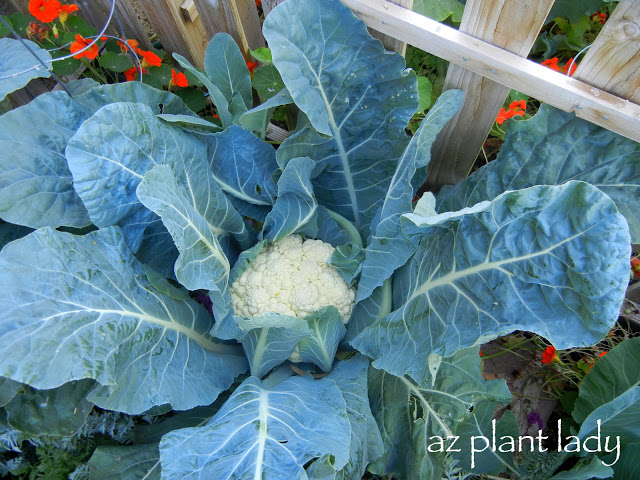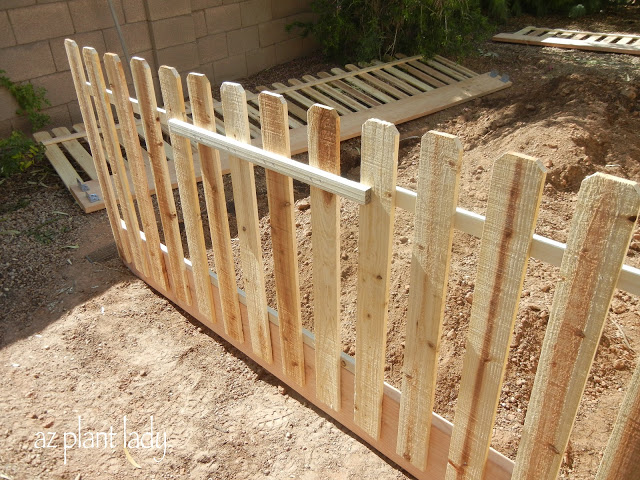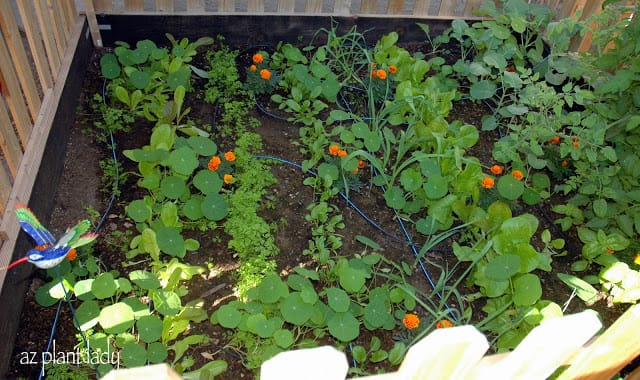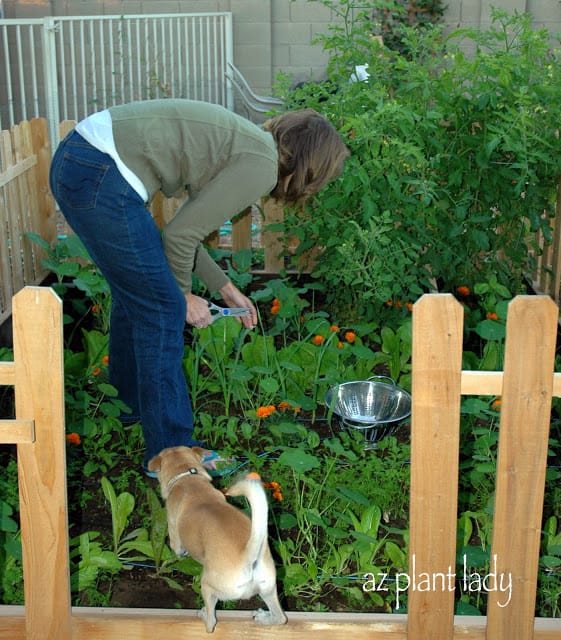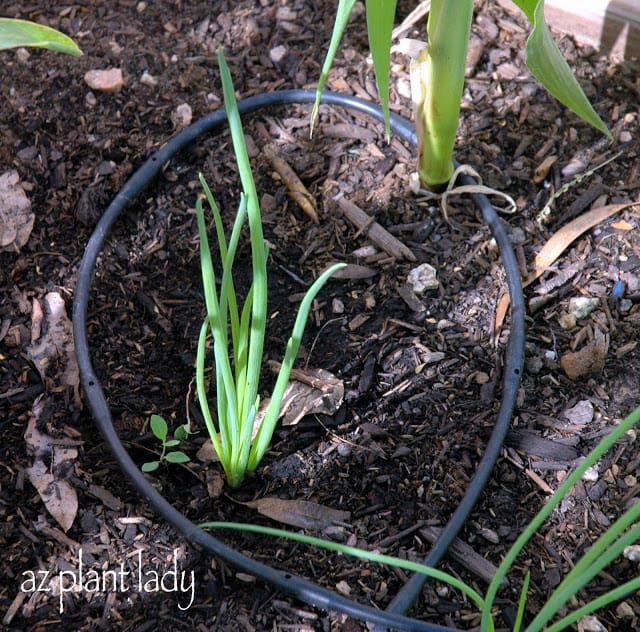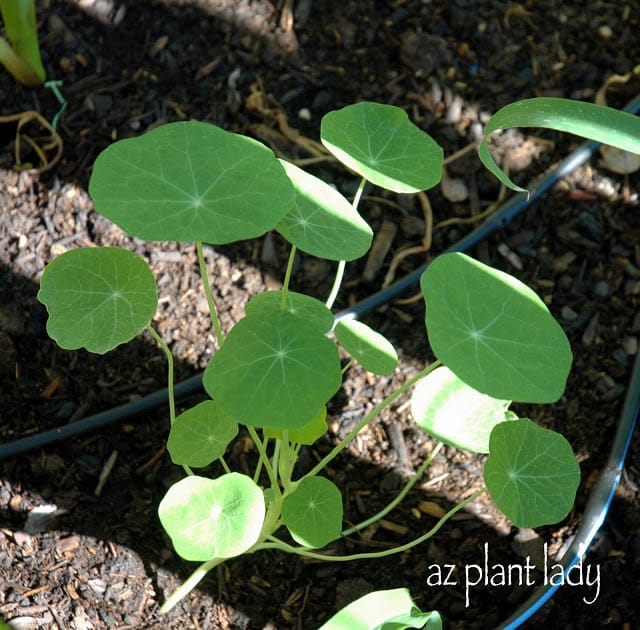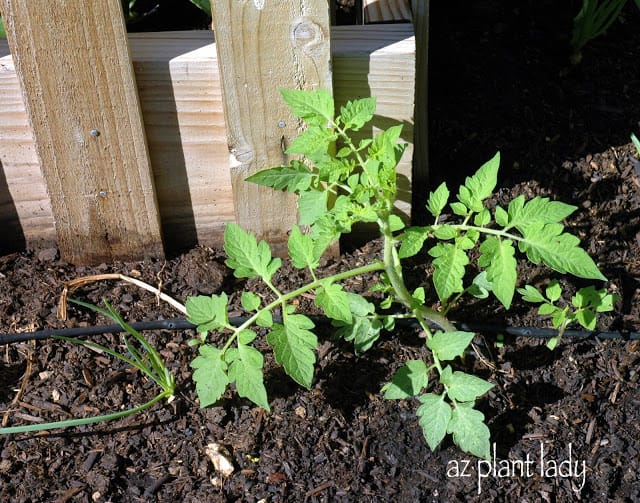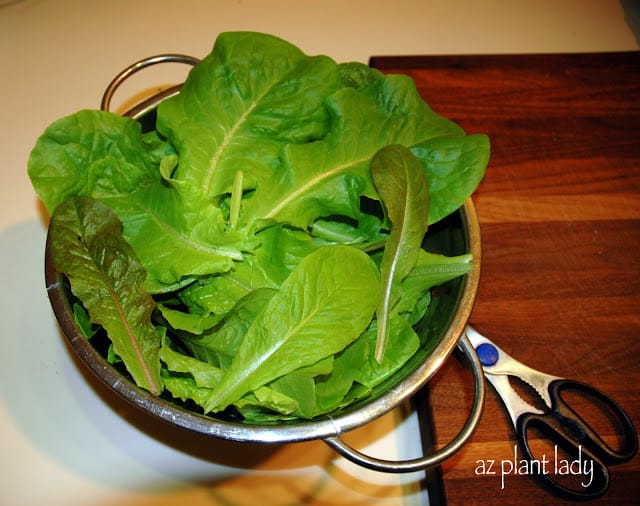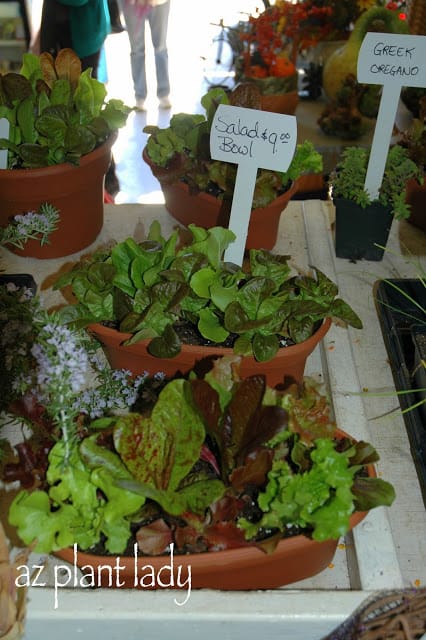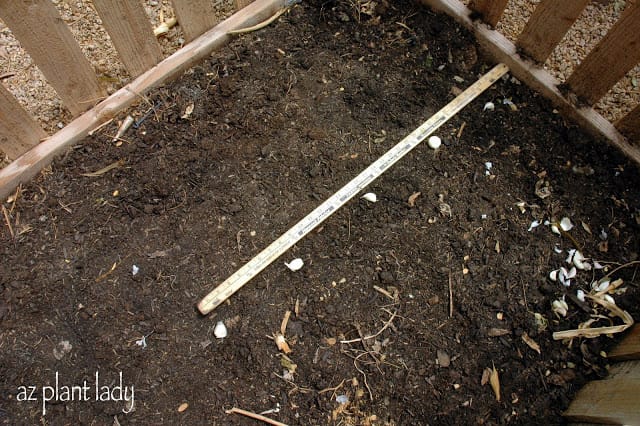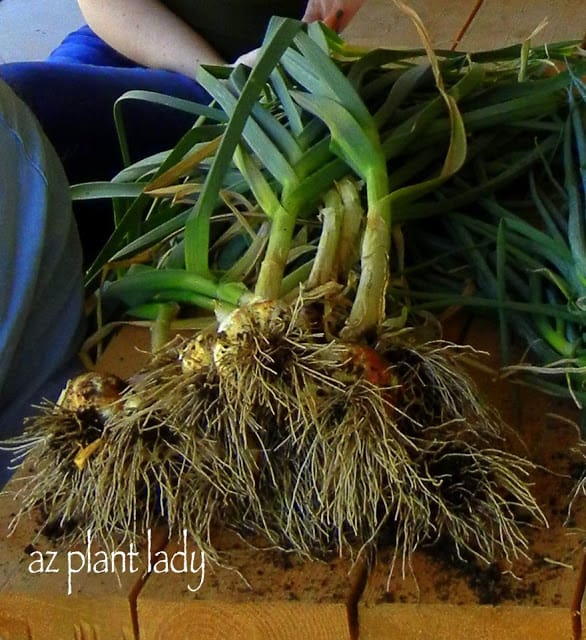*This blog post contains affiliate links. If you click through and make a purchase, I may receive a commission (at no additional cost to you). Thanks for your support in this way.*
Last winter, I was enjoying a rare moment of peace….no kids or husband in the house, the garden didn’t need any attention and no articles to write. So, I decided to see what was on television. As I was channel surfing, I saw a gardening show and of course, I stopped and watched.
What I saw was the host and featured garden expert, showing how to grow vegetables and flowers together in containers. Since I love both vegetables and flowers, I was intrigued. So I bought the book written by the featured garden expert and got started.
I found nice plastic containers on sale along with some tiny trellises, as well as planting mix (NOT potting soil, which gets too soggy for container plants).
Planting mix is specially formulated for containers – it has a light texture and holds just the right amount of moisture for plants.
Then, I started planting. I came up with the vegetable and flower combinations on my own and I must admit that I was happy how they turned out…
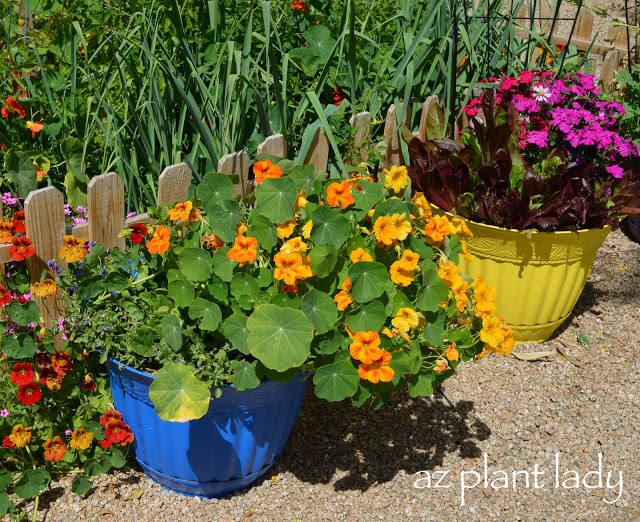
The first container has purple violas, spinach, bell pepper plant and nasturtiums. I started all of these from transplants, except for the nasturtiums, which came from seed that I planted.
I periodically snip the spinach for salads and I have harvested a single bell pepper so far. However, there are flowers on my pepper plant, so more peppers are on the way.
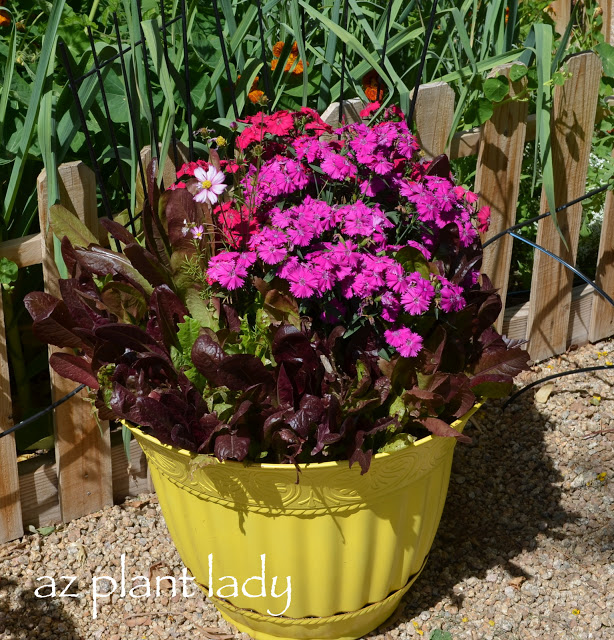
This container was planted with red and green leaf lettuce, pink dianthus and cucumbers.
I snip the lettuce for salad and the dianthus has been blooming nonstop. The only problem that I have had with this container are the cucumbers.
Cucumbers do best when started from seed, not transplants. I have grown a lot of cucumbers over the years. So, I placed two small trellises in the back of the container and planted cucumber seeds at their base. I picked a variety of cucumbers that were small and would do well in a container.
Unfortunately, they never came up.
I tried planting them in my regular vegetable garden and they never came up.
I tried starting them indoors and they didn’t sprout.
*I had purchased the seeds online from a very reputable seed company, but the entire package of seeds was defective.
So I planted my go-to cucumber seeds and they are starting to grow beautifully.
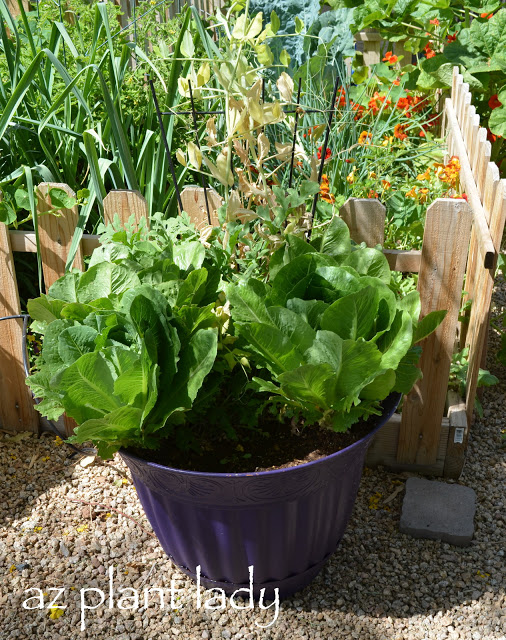
My last vegetable/flower container has romaine lettuce, sugar snap peas and Icelandic poppies.
The lettuce has done very well, BUT my little dog discovered that he likes lettuce, and he would take some little bites from the sides of the lettuce. I simply put some plastic patio chairs around the pot and he kept away. Later, I took the chairs away and he left the lettuce alone.
The poppies haven’t bloomed yet, but I can see their buds, so it won’t be long now.
I have been picking off sugar snap peas every time I am in the garden and eating them on the spot.
So, does the idea of growing vegetables and flowers together appeal to you?
The book I read was “Easy Container Combos: Vegetables and Flowers” by Pamela Crawford. (I haven’t been asked to promote her book – I bought it myself and really enjoyed it so much).
I can’t wait to try some different combos this summer once the lettuce fades away. I promise I will share 🙂
**One thing I love so much about gardening is trying new things. This one was a home run for me.
Growing Annuals: An Unusual Flower Container



